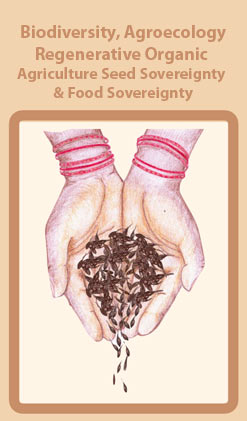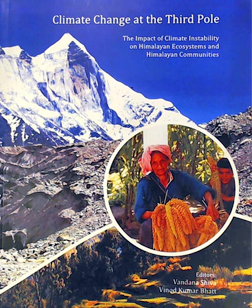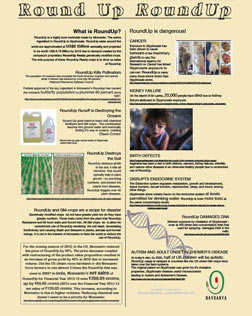Fifteen farmers in the fertile belt of Punjab have committed suicidein recent days after whitefly pest devoured two-thirds of the state’s cotton crop, almost all of which is reportedly Bt cotton.
Bt cotton, a genetically modified variety, was supposed to be a substitute for pesticides when it was introduced, first informally in 1998 and then with the approval of the Genetic Engineering Appraisal Committee in 2002. Since its advent, though, there have been ever-newer epidemics of pests. In this and many other ways, what was to be the redeemer of the cotton farmer became his oppressor.
Monsanto, the American multinational corporation that produces Bt cotton, has collected royalties from our small farmers, leaving them trapped in debt. The cost of cotton seed, which was once Rs 5- Rs 10 per kilo, ballooned to Rs 4,000 a kilo after Monsanto’s entry. This was why, years ago, a case was brought against Monsanto under the Monopolies and Restrictive Trade Practices Act.
Further, since Monsanto’s Bt cotton is a genetically modified hybrid, it needs more water for irrigation. In drought-prone rain-fed areas, the crop often fails, forcing the farmer to buy the seeds twice-thrice in a planting season.
All this is a recipe for a debt trap. It is for this reason that many states, such as Andhra Pradesh and Karnataka, have filed cases against Monsanto to regulate seed prices and royalties. But this won’t be enough: it is time for India to re-evaluate its experiment with genetically modified varieties to extract its farmers from the quagmire of debt, vulnerability and suicides.
Ineffective at pest control
The despondency pervading rural Punjab today reminds me of the 1980s, when rich and poor farmers alike were feeling the pinch of ecological erosion, debt and declining profits margins. That was the first reaction to the cultural erosion that resulted from the spread of commercial agriculture and the Green Revolution.
The Green Revolution, like the Gene Revolution, which is the application of biotechnology to food production, had promised higher yields and abundance. Instead, it led to rural poverty, debt and mass migrations. Its propaganda misguided farmers into leaving their traditional ways of agriculture and into relying on external inputs for higher yield. Within years, it was clear that the bargain was unfair. The destruction of biodiversity and introduction of monocultures in Punjab’s farms effected a tragedy from which the state still hasn’t recovered.
After the crash of the Green Revolution dream, the loss of this season’s cotton is the second big blow to Punjab’s farmers. Stemming from the failure of genetically modified cotton crops, it makes clear again that genetically modified organisms and chemical pesticides are ineffective at pest control. Scientific studies worldwide prove that their use has birthed super weeds and pests – and yet state governments in India continue to promote their excessive use and subsidise them.
Anna Swaraj
India needs to realise that pest control through biodiversity is the only sustainable solution. The pursuit to control nature is mindless – nature will always win and industrial science will always be a step behind. Each year, pests grow more resilient, rendering pesticides redundant. Even after the introduction of hybrid seeds in Punjab during the Green Revolution, crops were threatened by new pests and diseases every year. Whether it was the brown planthopper, white-backed plant hopper or sheath rot and hispa, nature’s vagaries always outmanoeuvred the ineffectual remedies offered by agricultural scientists. The symptom-based approach adopted by agro-chemical companies can never be a permanent solution.
Read Complete Article

















